Description
Weighbridge Installation in Uganda: A Complete Guide to Setup and Services
Installing a weighbridge is a significant investment for businesses across various industries in Uganda, such as logistics, agriculture, mining, and construction. A properly installed weighbridge ensures accurate vehicle weight measurements, compliance with regulations, and overall operational efficiency. This guide provides an overview of weighbridge installation in Uganda, highlighting the types of weighbridges, installation process, costs, and factors to consider when selecting a reliable service provider.
Types of Weighbridges for Installation in Uganda
- Surface Weighbridges: Installed above ground, surface weighbridges are accessible via ramps. They are easier to install, as they require minimal excavation and civil works. This type is ideal for locations where ground conditions do not permit deep excavation or where a temporary installation is needed.
- Pit Weighbridges: Installed in a pit, these weighbridges are level with the road surface, allowing vehicles to drive directly onto the platform. Pit weighbridges are ideal for sites with limited space or where vehicles need to be weighed in both directions. They require more extensive excavation and drainage systems to prevent water accumulation.
- Portable Weighbridges: These weighbridges can be easily transported and set up at different locations. They are designed for quick installation and minimal civil work, making them ideal for temporary sites or businesses that need flexibility. Portable weighbridges are often used in construction sites, mining operations, and agricultural fields.
- Axle Weighbridges: Specifically designed to measure the weight of individual axles, axle weighbridges are ideal for preventing overloading and ensuring compliance with axle load regulations. They can be surface-mounted or pit-installed, depending on the specific requirements of the site.
The Weighbridge Installation Process
Installing a weighbridge involves several steps, from site preparation to final calibration. Here’s an overview of the typical installation process:
- Site Survey and Assessment: The first step in weighbridge installation is conducting a thorough site survey. This involves assessing the ground conditions, space availability, access roads, and drainage requirements. The site survey helps determine the most suitable type of weighbridge and the necessary civil works.
- Design and Planning: Based on the site survey, a detailed installation plan is created. This includes the design of the weighbridge foundation, ramps (if applicable), drainage systems, and any necessary electrical and communication connections. The plan ensures that all aspects of the installation comply with local regulations and standards.
- Civil Works: Civil works involve preparing the site for weighbridge installation. This includes excavation for the foundation or pit, constructing concrete pads, installing ramps, and setting up drainage systems. Proper civil works are crucial for ensuring the stability and longevity of the weighbridge.
- Weighbridge Installation: Once the civil works are completed, the weighbridge structure is installed. This involves assembling the weighbridge platform, load cells, and mounting frames. For pit weighbridges, the platform is installed flush with the ground surface.
- Electrical and Communication Setup: The weighbridge is connected to power sources and communication networks. This includes installing load cell wiring, connecting the weighbridge indicator, and setting up any necessary software or data management systems.
- Calibration and Testing: After installation, the weighbridge is calibrated to ensure accurate weight measurements. Calibration involves using certified test weights to verify the accuracy of the weighbridge and adjusting it as needed. Once calibrated, the weighbridge undergoes a series of tests to confirm its functionality and compliance with standards.
- Training and Handover: The final step involves training the weighbridge operators on how to use and maintain the system. The installation team provides a comprehensive handover, including all necessary documentation and certifications.
Cost of Weighbridge Installation in Uganda
The cost of weighbridge installation in Uganda varies depending on several factors:
- Type of Weighbridge: The type of weighbridge (surface, pit, portable, axle) significantly impacts the installation cost. Pit weighbridges typically require more extensive civil works and are more expensive to install than surface or portable weighbridges.
- Site Conditions: The condition of the site, including soil quality, space availability, and drainage requirements, can affect the cost. Sites requiring extensive preparation or special foundations may incur higher costs.
- Size and Capacity: Larger weighbridges with higher capacities require more materials and robust foundations, leading to increased installation costs.
- Technology and Features: Weighbridges with advanced features such as digital displays, automated data recording, remote monitoring, or integration with management systems may have higher installation costs due to additional wiring, equipment, and software setup.
- Supplier and Services: The choice of supplier and the scope of services provided can also influence the cost. Suppliers offering comprehensive services, including site survey, design, installation, calibration, and ongoing support, may charge more but provide better long-term value.
Selecting a Reliable Weighbridge Installation Supplier in Uganda
Choosing the right supplier is crucial for a successful weighbridge installation. Here are some factors to consider:
- Reputation and Experience: Look for a supplier with a strong reputation and extensive experience in weighbridge installations. A reputable supplier is more likely to provide quality products, professional services, and reliable support.
- Comprehensive Services: A good supplier offers a full range of services, from site survey and design to installation, calibration, and maintenance. Comprehensive services ensure a smooth installation process and long-term reliability of the weighbridge.
- Customization Options: Different businesses have unique needs, so choose a supplier that can provide customized solutions. Customization ensures the weighbridge fits your specific operational requirements and site conditions.
- Technical Support and Training: Ensure the supplier offers technical support and training for weighbridge operators. Proper training and support are essential for maximizing the weighbridge’s functionality and lifespan.
- Quality Assurance and Compliance: The supplier should provide weighbridges that meet international standards and local regulations. Quality assurance and compliance ensure the accuracy and safety of your weighbridge.
Conclusion
Investing in a quality weighbridge installation in Uganda is essential for businesses that need accurate vehicle weight measurements and compliance with regulations. By understanding the types of weighbridges, installation process, costs, and factors to consider when selecting a supplier, you can ensure a successful installation that meets your operational needs and provides long-term value. Choosing a reliable supplier with experience, comprehensive services, and a commitment to quality will help you achieve the best results for your weighbridge installation

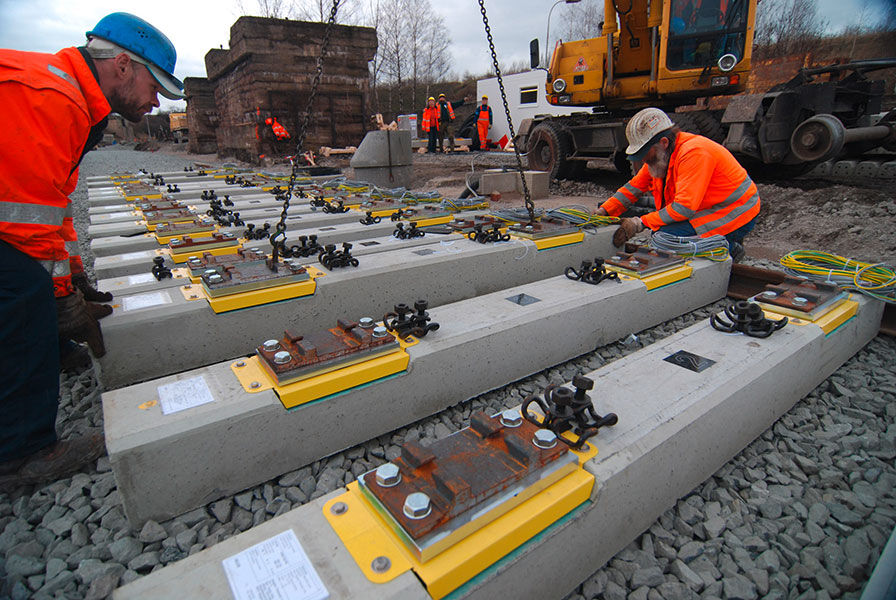






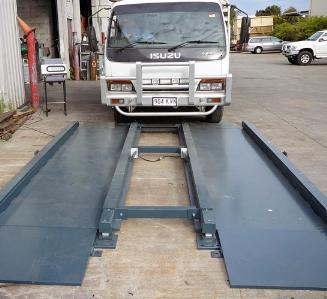
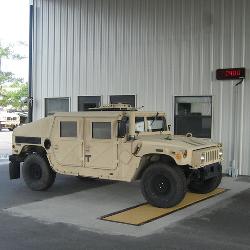
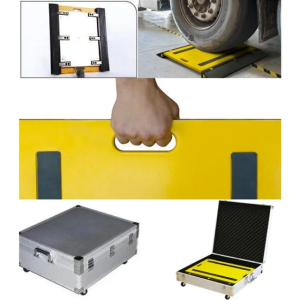
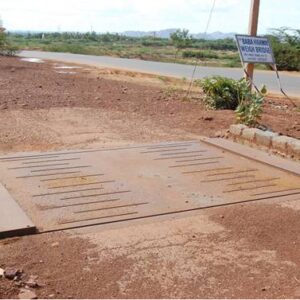



Reviews
There are no reviews yet.